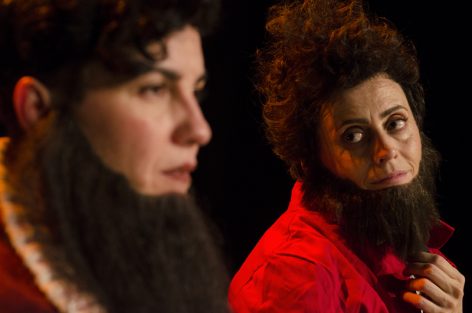
I wouldn’t say that the performing arts sector in Spain was strong and highly creative, but in 30 years it developed substantially. Regular framework funds for artists and companies were implemented and new venues and creation centres were opened. All of this at a local, regional and national level. A broad array of public institutions covered different aspects of the development of the performing arts. However, the modernization process was not finished yet, there were still reforms to do: the high political dependence, lack of democracy in cultural institutions and some new expensive buildings without artistic projects, only built to feed the real state bubble and increase the public debt. Besides, the presence and support to contemporary innovative performing arts was not guaranteed in local public venues, in fact the vast majority of the performing spaces.
But the austerity policies of the Troika beat Spain in 2011. At that moment the public funding cuttings started and the axe harmed the endowment state in its public health system, education and culture. And culture was who suffered the most, being reduced the public budget around 50% in average in four years. Moreover, in order to collect more taxes, the government raised the TVA for culture from 8% to 21%. The results of this policy has been the disappearance of a great deal of performing arts independent sector and the precariousness of those who have survived. Now is not easy to produce new works and worse if you feel as an artist the need to be innovative. Innovation doesn’t sell in Spain and now sell is the main way to get funds to survive. Some continue – just a few, because the lack on an international culture- widening their routes to international circuits.
In 2016 the situation is more stable, people are used to this new situation. However, new political movements are taking over local and regional institutions. These new politicians are more sensitive to the arts and culture, and some situations have been reversed in big cities like Barcelona, Madrid, Valencia ….. Nevertheless, the threatening hands of the Troika and its austerity policies, still alive, leave little air the Spanish cultural sector for breathe.
The question is, what artists would get of an advocacy plan of IETM in a European level? Is realistic that IETM alone or in coalition with other cultural sectors will be able to soften the hard hearts of the European politicians and bureaucrats? From the South of Europe the challenge is enormous but there are not many other chances. We should try it. We should make pedagogy of the public values of the arts and convince them or, why not, change them.
(This text was my contribution to the open discussion on “Public Funding for the Arts” in IETM Forum)
